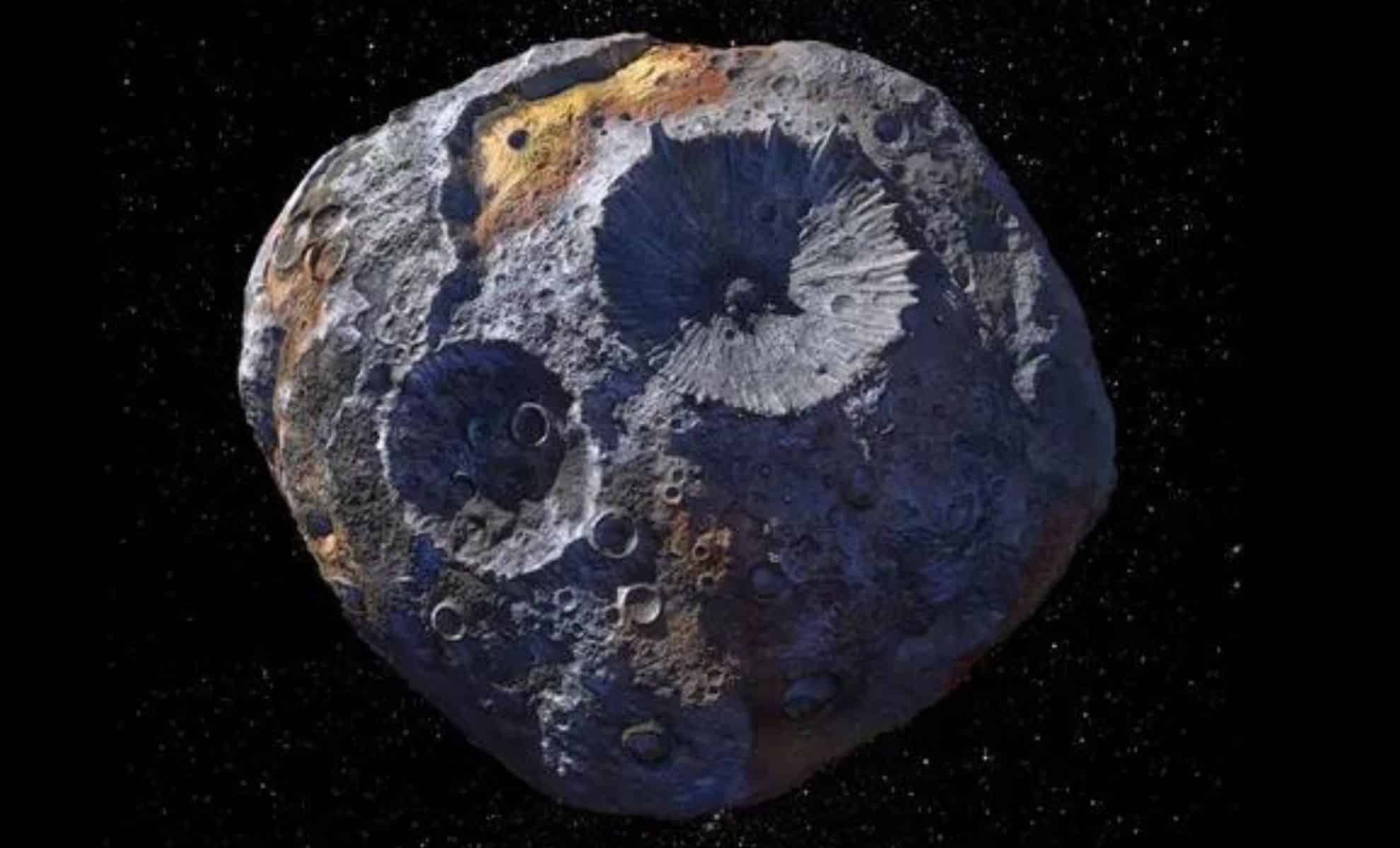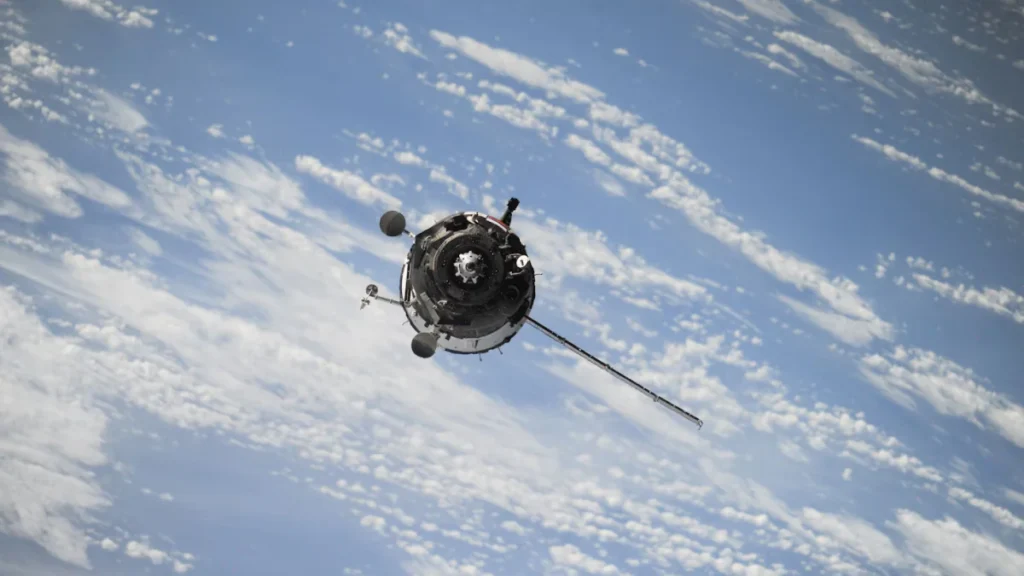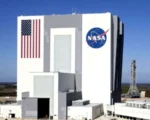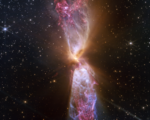James Webb Space Telescope’s Discovery of Hydrated Minerals on Asteroid Psyche Questions Protoplanet Core Theory
Recent observations from the James Webb Space Telescope (JWST) have significantly altered our understanding of asteroid 16 Psyche, which was previously believed to be the exposed core of a protoplanet. The JWST’s detection of hydrated minerals, including hydroxyl and potentially water, on Psyche’s surface has prompted a reevaluation of its origins and composition. This finding challenges the notion that Psyche is merely a remnant of a planetary core and suggests a more complex history for this enigmatic asteroid.
Hydrated Minerals Raise Questions
16 Psyche is a massive metallic asteroid located in the asteroid belt between Mars and Jupiter. For years, scientists considered it a valuable specimen for studying the early solar system, as it was thought to be an exposed core of a protoplanet. This theory provided a window into the building blocks of planetary formation. However, the recent discovery of hydrated minerals on Psyche’s surface by the JWST has introduced new complexities. The presence of hydroxyl groups and possible water molecules challenges the previous interpretation, as these minerals are not typically associated with pure metallic cores.
Implications of Internal Hydration
The detection of hydrated minerals on Psyche could imply that its materials originated from beyond the “snow line” — the boundary in the early solar system where water ice and other volatiles were more abundant. This would suggest that Psyche might have formed or accumulated its materials in a colder, outer region of the solar system before migrating inward. Alternatively, these minerals could have been delivered through impacts with other asteroids that contained water or hydroxyl compounds. The uneven distribution of these minerals across Psyche’s surface hints that impacts, rather than internal processes, might have introduced them.
Revisiting the Protoplanet Core Theory
If Psyche’s hydration was caused by impacts rather than internal processes, it would necessitate a significant revision of theories about its formation. The protoplanet core theory, which posits that Psyche is a remnant of a larger body’s core, would need to be reassessed. This would involve re-evaluating how the asteroid’s composition and structure align with current models of planetary formation and evolution. The new evidence could lead to alternative theories about Psyche’s origins, including the possibility that it represents a different type of celestial body altogether.
The NASA Psyche Mission
The upcoming NASA Psyche mission, scheduled to arrive at the asteroid in 2029, is poised to provide critical insights into these new findings. Equipped with advanced instruments, the mission will offer detailed data on Psyche’s composition, structure, and history. By studying Psyche up close, scientists hope to resolve the current ambiguities surrounding its formation and verify whether the hydrated minerals are indicative of a more complex history than previously thought.
Broader Implications for Solar System Studies
The discovery of hydrated minerals on Psyche also has broader implications for our understanding of the early solar system. It highlights the importance of considering diverse sources of volatiles and the impact of collisions in shaping the characteristics of celestial bodies. This insight could influence how researchers interpret other asteroids and protoplanets, potentially leading to a more nuanced view of planetary formation and evolution.
Conclusion
The James Webb Space Telescope’s findings on asteroid 16 Psyche represent a significant shift in our understanding of this celestial body. The detection of hydrated minerals raises important questions about Psyche’s origins and challenges existing theories about its nature as a protoplanet core remnant. As the NASA Psyche mission approaches, scientists eagerly await further revelations that could provide clarity on these intriguing new developments and refine our knowledge of the early solar system.



















